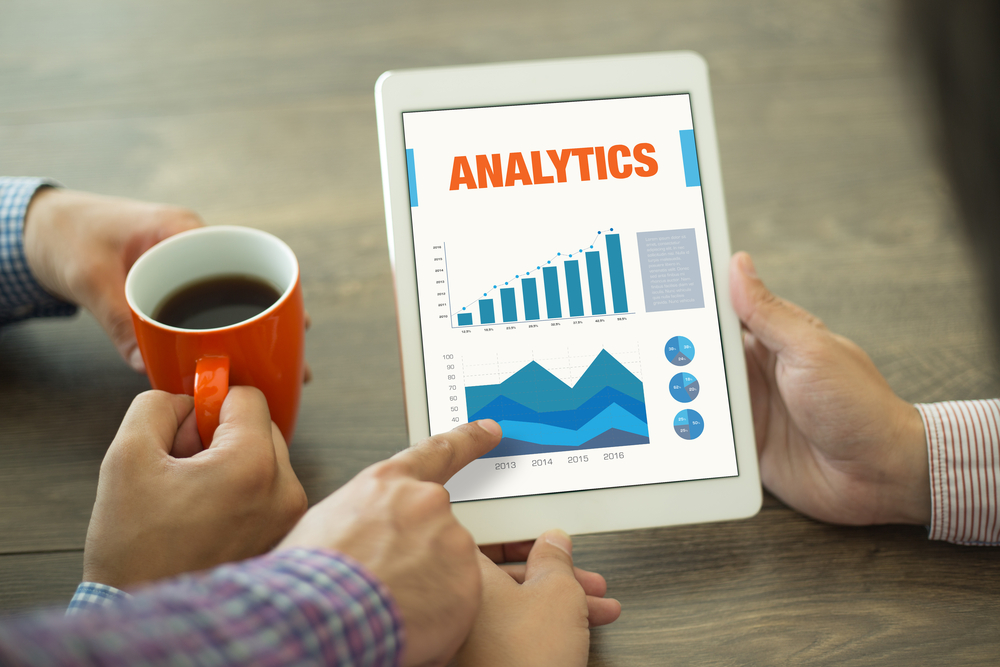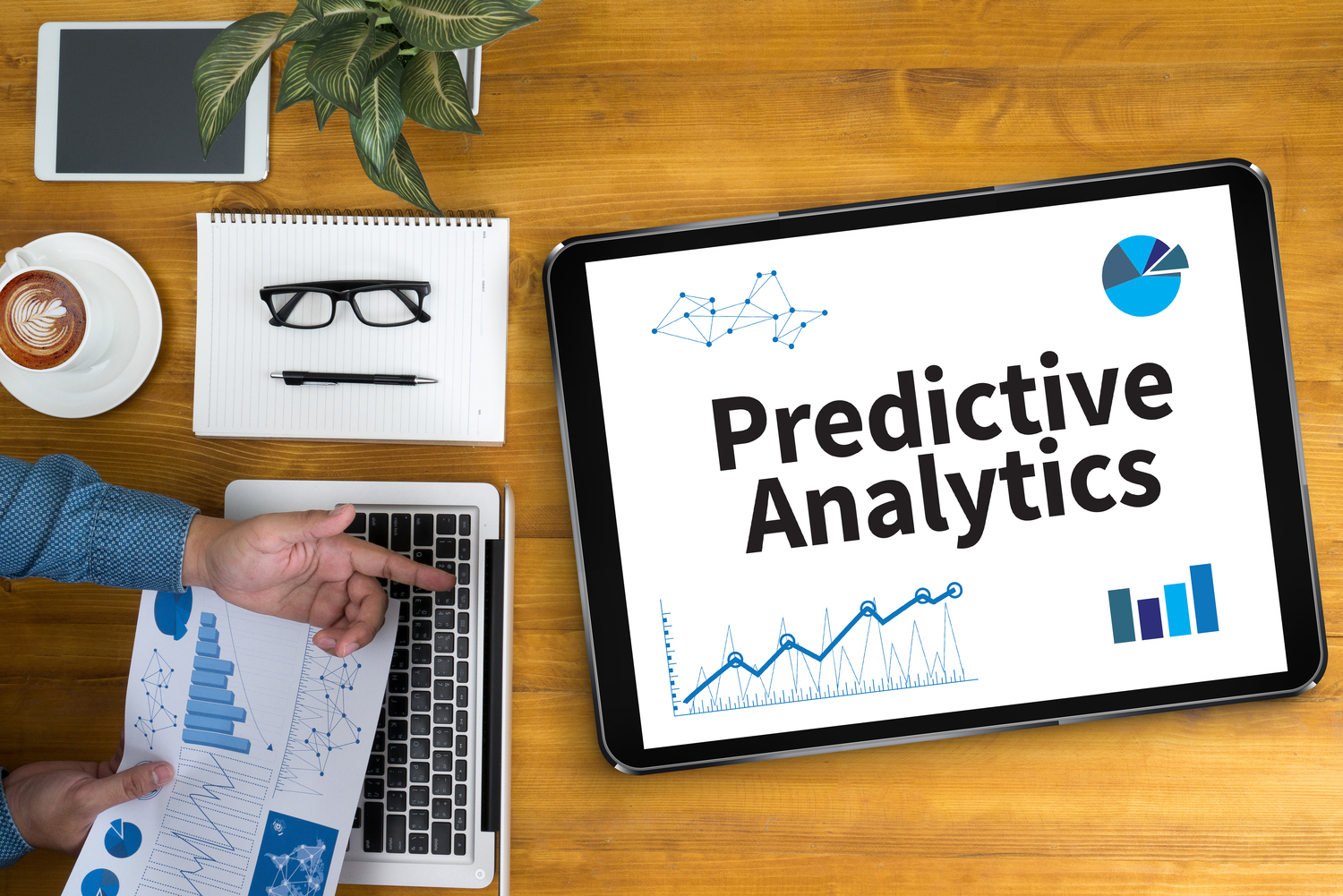Harnessing Predictive Analytics to Transform Financial Leadership and Decision-Making
Discover how predictive analytics empowers financial leaders to make smarter decisions. From understanding customer behaviors and enhancing operational efficiency to optimizing supply chains and boosting online sales, this comprehensive guide explores the transformative impact of data-driven insights in finance. Learn about the essential components, practical applications, and strategic benefits of predictive analytics and stay ahead in today’s competitive financial landscape.

Harnessing Predictive Analytics to Transform Financial Leadership and Decision-Making
In today’s rapidly evolving financial landscape, the integration of predictive analytics has become a game-changer for financial leaders aiming to make data-driven decisions. Big data, combined with advanced analytics techniques, offers unprecedented insights into customer behaviors, operational efficiencies, and future trends. Organizations that leverage these tools can outperform their competitors by proactively responding to market shifts, optimizing resource allocation, and enhancing customer engagement.
Predictive analytics involves analyzing historical and real-time data to forecast future outcomes. For financial executives, this means having a powerful toolkit to identify emerging trends, detect potential risks, and uncover new opportunities. In sectors ranging from retail and banking to healthcare and utilities, predictive analytics helps organizations understand complex financial patterns and craft strategies that foster growth and resilience.
Why Predictive Analytics Matters for Modern Financial Leaders
Empowers better decision-making by providing forward-looking insights based on comprehensive data analysis.
Facilitates risk management by identifying potential financial pitfalls before they materialize.
Enhances customer understanding, allowing personalized services and targeted marketing strategies.
Supports operational efficiency by uncovering inefficiencies and optimizing workflows.
Enables dynamic forecasting, essential for budgeting, investment planning, and resource allocation.
Understanding Customer Behavior with Predictive Analytics in Finance
Financial institutions analyze transaction data, online behaviors, and demographic information to understand customer purchasing habits and preferences.
Segmentation allows banks and retailers to tailor products and offers to specific customer groups, increasing loyalty and lifetime value.
Predictive models can forecast future spending patterns, helping companies develop targeted marketing campaigns and retention strategies.
Core Components of Predictive Analytics in Finance
High-quality data collection is foundational—accurate, complete, and relevant data yields reliable insights.
Utilizing advanced statistical methods and machine learning algorithms improves predictive accuracy.
Sound assumptions, such as seasonal trends or market conditions, enhance the robustness of forecasts.
Driving Growth and Efficiency with Predictive Analytics
Boosting E-Commerce Sales: Online shopping data, including browsing patterns, cart abandonment rates, and purchase history, allows businesses to identify signals indicating purchase intent. Leveraging this data, finance teams can develop targeted prompts and personalized offerings to increase conversion rates. Accurate predictions also assist in inventory management, ensuring popular items are well-stocked while reducing overstock on less popular products.
Reducing Operational Expenses: Predictive models can highlight inefficiencies within operational processes. In healthcare, for example, analyzing patient readmission rates enables hospitals to implement preventative measures, reducing unnecessary costs. Similarly, organizations can optimize staffing levels, maintenance schedules, and infrastructural investments based on forecasted demands, resulting in significant cost savings.
Enhancing Supply Chain Management: Analyzing sales and order data helps supply chain managers anticipate product demand across regions and seasons. Proper forecasting minimizes excess inventory, lowers storage costs, and improves procurement strategies. These actions ensure a seamless flow of goods, satisfied customers, and better profitability.
Improving Customer Communication in Utility Sectors: Utility companies can utilize predictive analytics to estimate billing based on usage patterns. When projected consumption exceeds normal levels, proactive notifications can be sent to customers, fostering trust and timely payments. This approach not only enhances customer satisfaction but also streamlines revenue collection.
In summary, predictive analytics equips financial leaders with critical insights needed to navigate the complexities of modern markets. From boosting sales and reducing costs to refining customer relations and optimizing supply chains, its applications are vast and impactful. As data continues to grow exponentially, mastering predictive analytics will be indispensable for organizations aiming for sustainable growth and competitive advantage in the finance sector.





